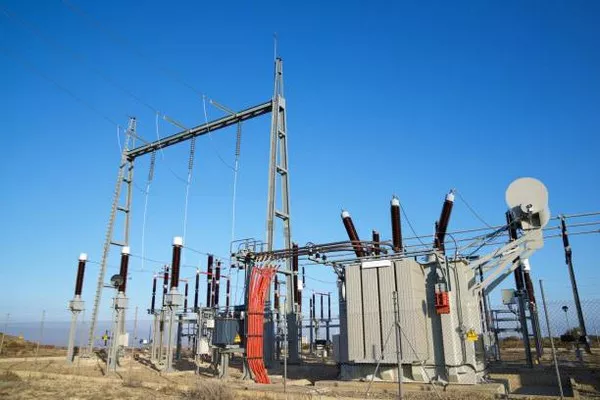Transformers are ubiquitous in modern electrical systems, facilitating the efficient transmission and distribution of electricity across various voltage levels. Among the different types of transformers, the step-down transformer plays a vital role in ensuring that electricity is delivered safely and effectively to homes, industries, and commercial establishments. In this article, we will explore the concept of step-down transformers, their functions, applications, and the advantages they offer in diverse electrical systems.
What Is a Step-Down Transformer?
A step-down transformer is a type of electrical transformer that is designed to reduce the voltage level of an alternating current (AC) electrical circuit. It has more turns on its secondary winding compared to the primary winding, resulting in a lower output voltage than the input voltage. The primary winding receives electrical energy at a higher voltage, and through electromagnetic induction, it transfers this energy to the secondary winding at a lower voltage, hence the term “step-down.”
Key Components of Step-Down Transformers
Core: The core of a transformer is typically made of ferromagnetic materials such as iron or steel. It provides a low-reluctance path for the magnetic flux generated by the primary winding, ensuring efficient energy transfer to the secondary winding.
Primary Winding: The primary winding is the coil of wire connected to the input voltage source. It generates the magnetic field that induces a voltage in the secondary winding.
Secondary Winding: The secondary winding is the coil of wire connected to the output circuit. It receives the induced voltage from the primary winding and provides the stepped-down voltage to the load.
Insulation: Transformers are insulated to prevent electrical breakdown between windings and the core. Insulation materials ensure the safe and reliable operation of the transformer.
Tap Changer: Some step-down transformers include a tap changer, which allows for adjustments to the turns ratio and, consequently, the output voltage. This feature is useful for fine-tuning voltage levels in specific applications.
Applications of Step-Down Transformers
Step-down transformers find widespread use in various electrical and electronic applications. Some of their primary applications include:
Electrical Distribution: Step-down transformers are a critical component in the electrical grid, where they reduce the high-voltage electricity generated at power plants to lower, safer levels suitable for distribution to homes and businesses.
Voltage Conversion: They are used to adapt electrical equipment designed for different voltage levels. For instance, they enable the use of 110V appliances in regions where the standard voltage is 220V.
Industrial Machinery: In manufacturing and industrial settings, step-down transformers power a wide range of machinery and equipment, providing the required voltage levels for optimal operation.
Electronics: Step-down transformers are integral to the power supplies of electronic devices, including computers, televisions, and audio equipment, ensuring they receive the correct voltage.
Isolation Transformers: These transformers provide electrical isolation between the input and output circuits, protecting sensitive electronic equipment from electrical noise and surges.
Advantages of Step-Down Transformers
Step-down transformers offer several advantages that make them indispensable in electrical systems:
Voltage Reduction: Their primary function is to reduce voltage levels, allowing safe and efficient power distribution while minimizing electrical hazards.
Energy Efficiency: Transformers are highly efficient devices, with minimal energy losses during the voltage conversion process. This efficiency translates to lower operational costs and reduced environmental impact.
Versatility: Step-down transformers can be customized to meet specific voltage requirements, making them adaptable to various applications.
Electrical Isolation: In isolation transformers, the electrical separation between primary and secondary windings prevents electrical disturbances from propagating between circuits, safeguarding sensitive equipment.
Longevity: Well-designed transformers have a long operational life, requiring minimal maintenance. This longevity contributes to their cost-effectiveness.
Improved Power Quality: By regulating voltage levels, step-down transformers enhance the quality and reliability of electrical power, reducing the risk of equipment damage and downtime.
Conclusion
Step-down transformers play a pivotal role in modern electrical systems, ensuring the safe and efficient distribution of electrical power. Their ability to reduce voltage levels, coupled with advantages such as energy efficiency and electrical isolation, makes them indispensable in a wide range of applications. Whether in electrical distribution, industrial machinery, or consumer electronics, step-down transformers continue to be a cornerstone of electrical engineering, contributing to the reliability and safety of electrical systems worldwide.

